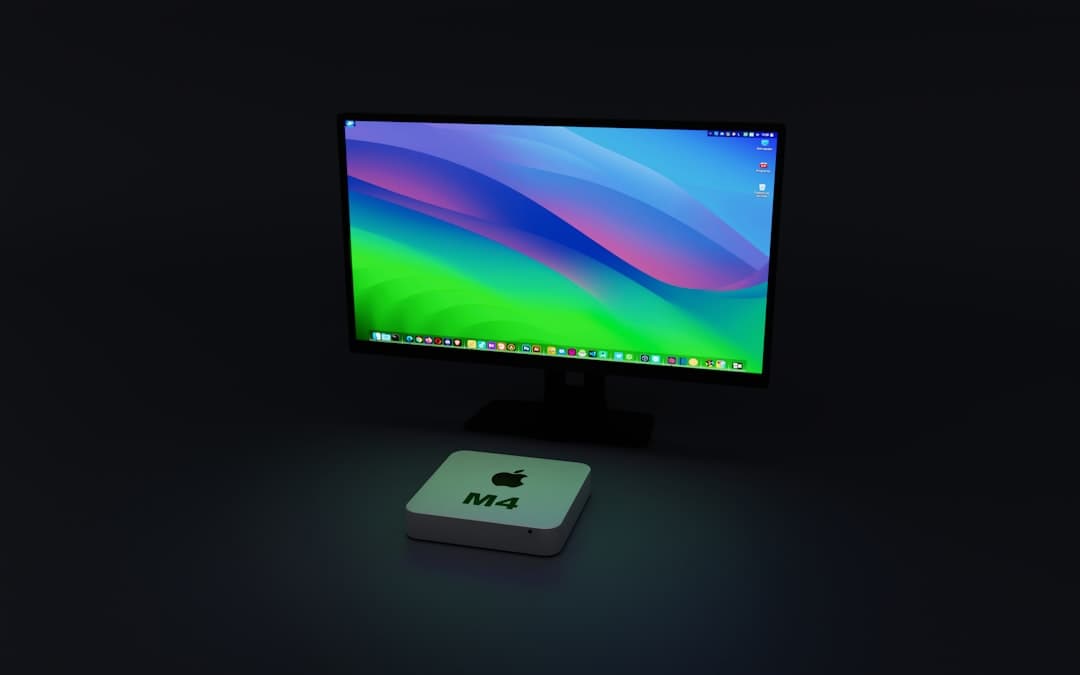Author: Science Team
-

Unlocking Potential: Machine Learning’s Impact
Machine learning and artificial intelligence (AI) are distinct but related concepts in computer science. Machine learning is a subset of AI that focuses on developing algorithms capable of learning from and making predictions or decisions based on data, without explicit programming. This is accomplished by feeding large datasets to computers, enabling them to learn patterns…
-

Unleashing the Power of Machine Learning
Machine learning is a subset of artificial intelligence that focuses on the development of algorithms and models that enable computers to learn and make predictions or decisions without being explicitly programmed. It is based on the idea that systems can learn from data, identify patterns, and make decisions with minimal human intervention. Machine learning algorithms…
-

Choosing the Right Managed Security Service Provider
When selecting a security provider, the initial step is to assess your specific security requirements. This involves a comprehensive evaluation of your property or business to identify potential vulnerabilities and risks. Consider factors such as property size, business nature, foot traffic volume, and any previous security incidents. Determine which security measures are necessary, such as…
-

Mastering Supervised Learning: A Beginner’s Guide
Supervised learning is a machine learning technique that uses labeled datasets to train algorithms. In this approach, input data is paired with corresponding correct outputs. The primary objective is to develop a model that can accurately map inputs to outputs, enabling predictions on new, unseen data. During the training process, the algorithm learns from a…
-

Revolutionizing Industries with Artificial Intelligence
Artificial Intelligence (AI) is a rapidly evolving field that involves the development of computer systems capable of performing tasks that typically require human intelligence. These tasks include learning, reasoning, problem-solving, perception, and language understanding. AI has the potential to revolutionize various industries by automating processes, analyzing data at scale, and making predictions and decisions with…
-

Top Cyber Security Companies: Protecting Your Business
Cyber security companies are essential in protecting organizations from digital threats. These firms offer specialized services and solutions to safeguard data, networks, and systems against malicious actors. As businesses increasingly rely on digital technologies, the demand for robust cyber security measures has grown significantly. Cyber security companies utilize various tools, technologies, and strategies to identify,…
-

Unlocking the Power of Natural Language Processing
Natural Language Processing (NLP) is a field of artificial intelligence (AI) that focuses on enabling computers to understand, interpret, and generate human language. It combines elements of linguistics, computer science, and machine learning to bridge the gap between human communication and computer comprehension. NLP technologies allow machines to process and analyze large volumes of natural…
-

Unlocking the Power of Neural Networks
Neural networks are a key component of artificial intelligence (AI), designed to emulate human brain function in processing information. These networks are composed of interconnected nodes, or “neurons,” that collaborate to analyze complex data. Each neuron receives, processes, and transmits information to other neurons, creating an intricate network of information processing units. This structure enables…
-

Understanding Cyber Security: What You Need to Know
Cyber security is crucial in the modern digital era. As technology becomes increasingly integrated into personal, professional, and financial aspects of life, protecting sensitive information from cyber threats is more important than ever. Cyber security is vital for safeguarding data, preventing unauthorized access, and ensuring privacy and safety for individuals and organizations. Without adequate cyber…
-

Mastering Text Classification: A Comprehensive Guide
Text classification is a core task in natural language processing (NLP) and machine learning, with widespread applications including sentiment analysis, spam detection, and topic categorization. The primary objective of Text Classification is to automatically assign predetermined categories or labels to text data based on its content. This process involves training a model using a labeled…
-

Unlocking the Potential of Deep Learning
Deep learning is a specialized branch of artificial intelligence (AI) that utilizes complex algorithms to enable machines to learn from data and make autonomous decisions. This approach is inspired by the structure and function of the human brain, employing artificial neural networks composed of interconnected nodes to process and analyze information. Deep Learning algorithms excel…
-

Is AI capable of identifying skin cancer?
Artificial Intelligence (AI) has significantly impacted various industries, including healthcare. In recent years, AI has demonstrated considerable potential in skin cancer identification. Skin cancer is the most prevalent form of cancer, and early detection is critical for effective treatment. AI’s capacity to analyze vast datasets and identify patterns imperceptible to the human eye makes it…
-

Is AI superior to human intelligence?
Artificial Intelligence (AI) is a rapidly evolving field focused on developing intelligent machines capable of performing tasks traditionally requiring human intelligence. These tasks encompass learning, problem-solving, perception, and language comprehension. AI has the potential to transform numerous industries, including healthcare, finance, transportation, and entertainment. Human intelligence, in contrast, refers to the cognitive abilities of humans,…
-

Can AI create television content?
Artificial Intelligence (AI) is transforming the television content creation industry, revolutionizing how content is generated, produced, and consumed. AI-powered machine learning algorithms are being utilized by television producers and creators to streamline various aspects of content creation, including story ideation, script writing, casting, character development, production, post-production, and audience engagement. This technological advancement has led…
-

Can AI effectively produce and host a radio show?
Artificial Intelligence (AI) is making significant advancements in various industries, including the media sector. AI technology is becoming increasingly integrated into media platforms, such as radio broadcasting. This integration has the potential to revolutionize radio show hosting and production by enhancing efficiency and fostering innovation. The emergence of AI in media has created new opportunities…
-

What are the true capabilities of AI?
Artificial Intelligence (AI) is a rapidly advancing field focused on developing intelligent machines capable of performing tasks traditionally requiring human intelligence. These tasks encompass learning, problem-solving, natural language comprehension, and pattern recognition in data. AI has the potential to revolutionize various industries, enhancing efficiency and productivity. The field’s growth is fueled by increased access to…
-

Is AI stifling and diminishing the essence of creativity?
Artificial Intelligence (AI) has emerged as a significant force in creative industries, transforming approaches to and engagement with creativity. AI technologies offer the potential to augment and expand human creative capabilities in unprecedented ways. Across various domains, including music composition and visual arts, AI is making substantial contributions to the creative landscape, prompting a reevaluation…
-

Is AI dangerous?
Artificial Intelligence (AI) is a rapidly advancing field that involves the development of computer systems capable of performing tasks that typically require human intelligence. These tasks can range from simple decision-making processes to complex problem-solving and learning. AI has the potential to revolutionize various industries, including healthcare, finance, transportation, and entertainment. The development of AI…
-

Protecting Yourself from Identity Theft: Tips and Strategies
Identity theft is a significant and increasing concern in the digital era. It involves the unauthorized acquisition and use of personal information, typically for financial gain. This can encompass the theft of social security numbers, credit card details, or other confidential data. The repercussions of identity theft can be severe, potentially resulting in financial losses,…
-

Embracing Vulnerability: The Power of Being Open
Vulnerability, often misperceived as a weakness, is actually a valuable asset for fostering interpersonal connections and personal development. By allowing oneself to be vulnerable, individuals create opportunities for deeper, more meaningful relationships. This process requires courage, as it involves openly expressing one’s emotions, apprehensions, and insecurities. Through this candid self-disclosure, people can establish genuine connections…
-

Protecting Your Business from Cyber Attacks
In today’s digital age, cyber attacks pose a significant threat to businesses of all sizes. These attacks can come in various forms, including malware, phishing, ransomware, and denial-of-service attacks. The impact of a cyber attack on a business can be devastating, leading to financial losses, damage to reputation, and potential legal repercussions. It is crucial…